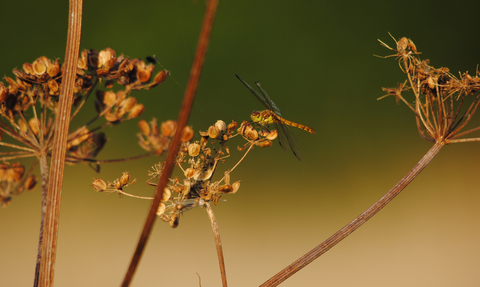
Common darter dragonfly (c) Amy Lewis
Our partners
Working together with partner organisations makes caring for the wildlife of Gloucestershire possible.
From reintroducing insect species and woodland management to community engagement and citizen science, these partner organisations help us to make tomorrow a wilder one.
The Royal Entomological Society
The Royal Entomological Society is devoted to the understanding and development of insect science, and support international collaboration, research and publication. A key partner in the large blue butterfly reintroduction and continued monitoring.
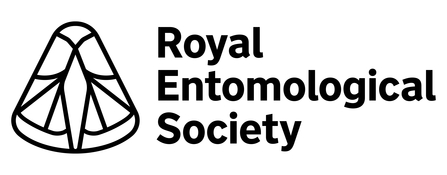
Grundon
Grundon is the UK’s largest family-owned supplier of integrated waste management and environmental services, and was founded in 1929.
They are committed to protecting the local and global environment through responsible and effective management, minimising any negative impact and working with GWT on a range of initiatives and projects.

The National Trust
The National Trust is committed to promoting and preserving places of natural beauty and historic interest for the benefit of the nation, for everyone for ever. Crickley Hill is jointly managed by Gloucestershire Wildlife Trust and National Trust.
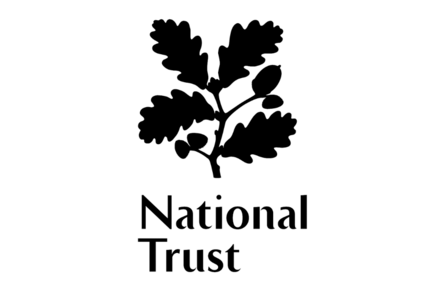
Cotswold National Landscape
The team at the Cotswolds National Landscape is an independent statutory body that works to conserve and enhance the natural beauty of the Cotswolds, to increase understanding and enjoyment of its special qualities, and to foster the social and economic wellbeing of local communities.
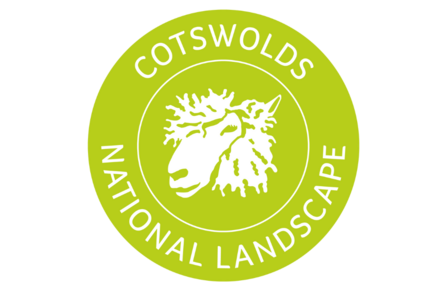
Farming & Wildlife Advisory Group
The Farming & Wildlife Advisory Group SouthWest (FWAG SouthWest) is a registered charity representing the region’s farmers and landowners in the delivery of wildlife conservation. Their vision is to promote and enhance the conservation of wildlife, the environment and the landscape in relation to modern agricultural needs.
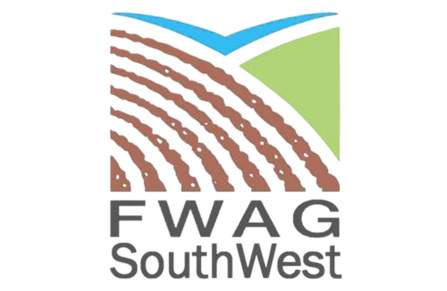
Forestry England
For over 100 years, Forestry England have been growing, shaping and caring for over 1,500 of our nation’s forests for the benefit and enjoyment of all, for this generation and the next.
In the Forest of Dean, GWT work closely with Forestry England, the main landowner, on a number of projects including the Forest Waters Project. This project is focused on ways in which the forest’s four main watercourses, the Cannop, Cinderford, Blackpool and Greathough Brooks, can be enhanced for biodiversity, water quality, public amenity and other ecosystem services and to reduce flood risk.
GWT were involved in the creation of Catchment Management Plans (CMP's) for each of the four main watercourses which are in the process of being finalised and published. Delivering the interventions set out within the CMP’s has now passed to Forestry England, with GWT, the Environment Agency and Gloucestershire County Council acting as critical friends on the project steering group to ensure opportunities for multiple benefits are realised and that the work forms part of a wider catchment strategy.
The work is integrally linked with Forestry Commission’s ‘Our Shared Forest’ vision which is a new, long-term strategy to achieve a vibrant and sustainable forest where natural processes work to maintain healthy ecosystems for people and wildlife.
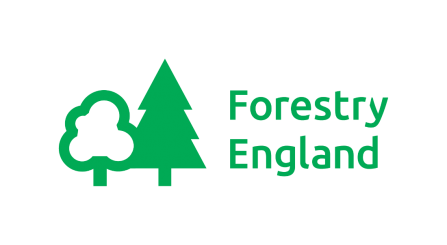
Severn Trent Water
Severn Trent Water work hard to make our water wonderful, and keep our millions of customers ‘on tap’ every day.
Across the UK, Wildlife Trusts work with their local water companies to help the natural world to help us, and here in Gloucestershire they've been working closely with us on the ERDF project. The work contributes to Severn Trent’s Great Big Nature Boost scheme, which includes plans to plant 1.3m trees, revive 12,000 acres of land and help restore 2,000km of rivers across its region by 2027.

Gloucestershire Gateway Trust
Gloucestershire Gateway Trust are a community development charity and will invest an estimated £10 million into sustainable community projects through local charity partners over 20 years.
These funds are generated thanks to their unique partnership with the Westmorland Family, and shared ownership of the award-winning M5 Gloucester Services.

Jordans Farm Partnership
The Wildlife Trusts and Jordans Cereals farmers work together to make space for wildlife on their farms.
Farmland covers more than 70% of the UK’s land area and therefore farmers are critical in helping bring about nature’s recovery.

Environment Agency
The Environment Agency is an executive non-departmental public body, sponsored by the Department for Environment, Food & Rural Affairs. They were established in 1996 to protect and improve the environment.

Natural England
Natural England are the government’s adviser for the natural environment in England, and were established by an Act of Parliament in 2006.
Their purpose is to help conserve, enhance and manage the natural environment for the benefit of present and future generations, thereby contributing to sustainable development.
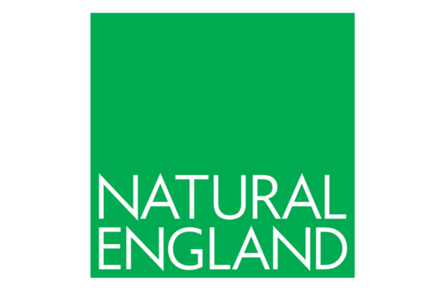
Conservation Evidence
Conservation Evidence (CE) summarise evidence from the scientific literature (studies) about the effects of conservation actions such as methods of habitat or species management. Expert panels are then asked to assess the effectiveness (or not) of actions, based on the summarized evidence. This information enables conservation organisations to ensure management decisions are based on the best available, and most up to date, evidence. GWT is a Conservation Evidence Champion, practicing and promoting evidence-based, effective conservation practice.

